Is heat training the key to unlocking peak athletic performance?
We speak to an endurance expert on using cutting edge science to monitor your core body temperature, and adapt to heat on race day
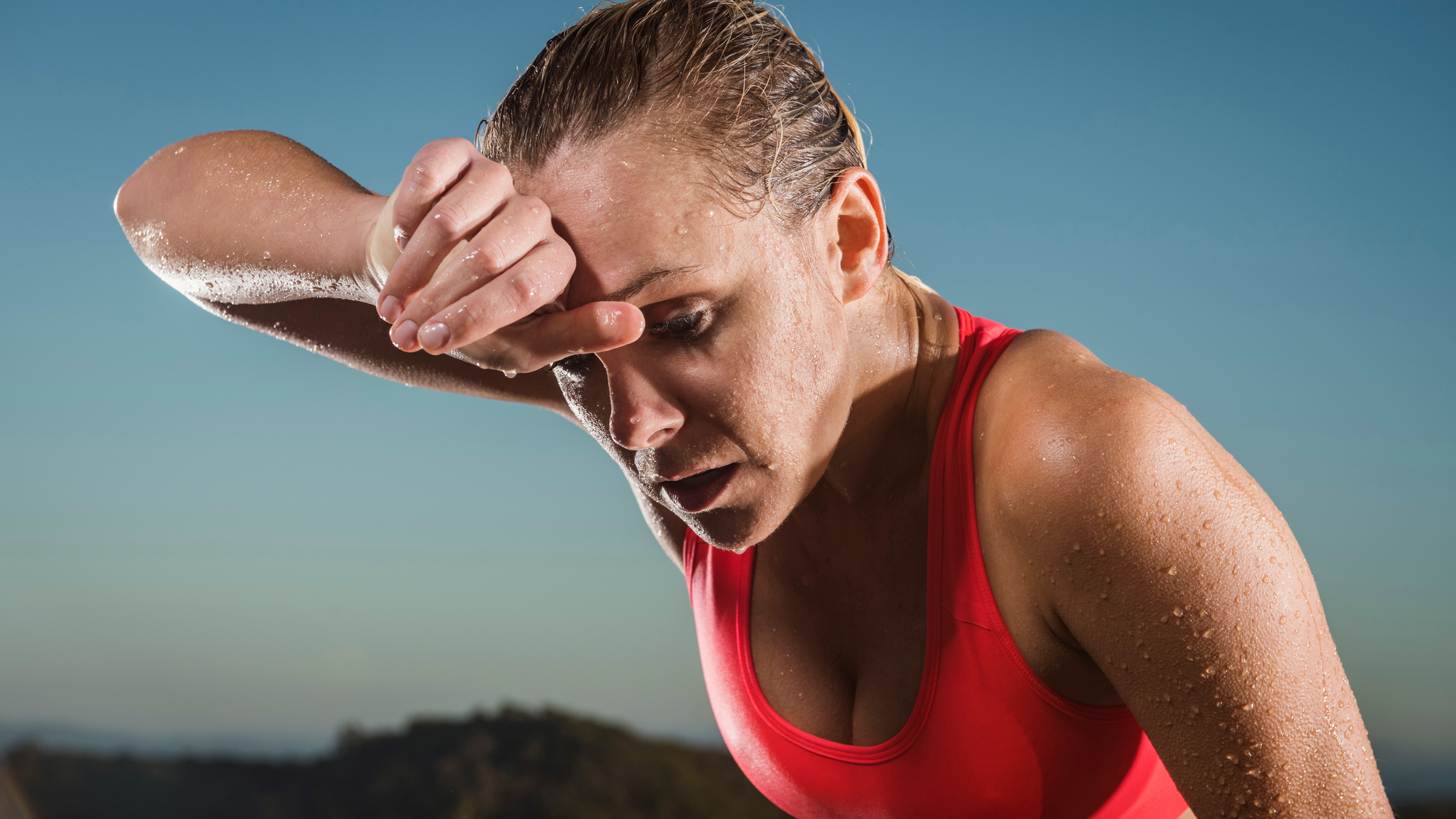
You could say that July 1, 2019 just wasn’t Sarah True’s day. Though the two-time Olympian had been holding her lead in the Ironman European Championships in Frankfurt, the ferocious heat got the better of her in the final mile. Instead of crossing the finish line to take top spot on the podium, the two-time Olympian collapsed from heatstroke and was carried off the course.
It’s a heartbreaking end for any athlete, but while watching the event, Wulf Glatz had an idea – maybe, with the right tools, it could have been True's day. A mechanical engineer by education, Glatz was familiar with a tiny chip called the heat flux sensor which measures energy transfer. It had previously been used to calibrate lasers, and there had been a failed attempt to use it to charge a battery using human body heat, but had failed in that endeavor. It dawned on Glatz while he was watching the Frankfurt coverage that the heat flux sensor could be used to prevent what happened to True from happening to other athletes.
In just four short years since, Glatz developed a wearable device called the CORE sensor which allows athletes to realize when they are overheating and adjust their approach before things reach the point of no return. So-called heat training has been adopted by Tom Evans, winner of the 2023 Western States 100, Norwegians Kristian Blummenfelt and Gustav Iden, both early champions who have used the technique to win Ironmen championships in 2021 and 2022 respectively, and the majority of the peloton.
I’ve heard plenty about altitude training for elite athletes hoping to secure an advantage in mountain races – and in my years living in Vail, Colorado grew used to pro athletes coming to town to train – but heat training is totally new to me. I recently spoke to CORE’s expert endurance coach Brian Maiorano from his base in Zurich, who trains coaches on using the device with athletes, to get my head around what it all means and how you can use it.
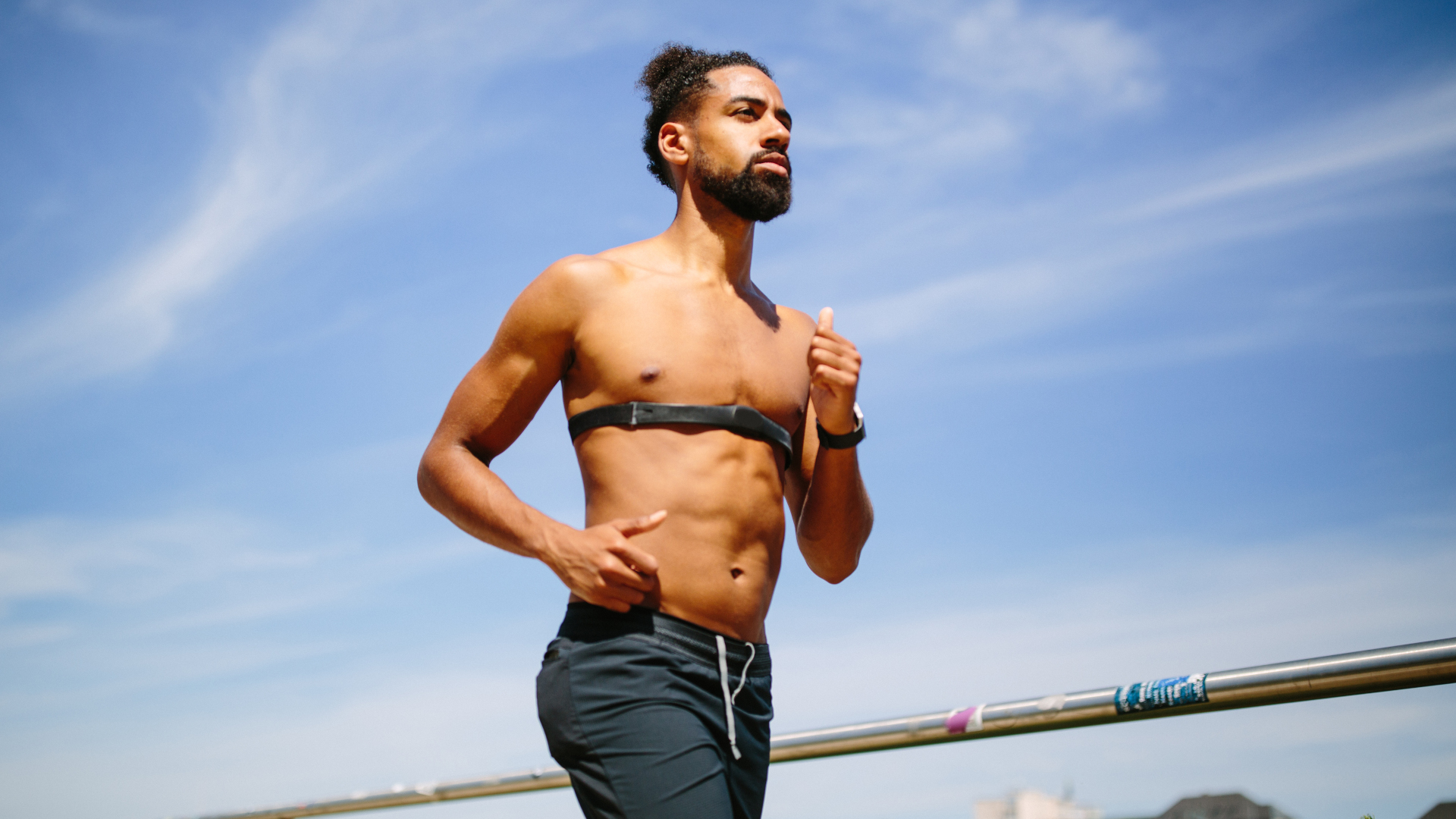
What is heat training?
When I first heard about heat training, earlier this summer, I was skeptical. After all, I came up as a yoga teacher in a time where yoga wasn’t yoga if you weren’t sweating it out in a 95-degree room with 30 other sports bra-clad people dripping all over you. So I’ll admit that my first thought was that it’s just another fad, but Maiorano explains that the literature about heat training and the benefits that come from it is very well established.
“It was always done in a laboratory setting because the tools to do it by a general athlete just didn't exist,” Maiorano says, explaining that previously you’d have to use invasive ways to measure core body temperature such as a swallowable pill costing 50 dollars each time.
“Some top level athletes were doing heat training, but they'd be told by their coach ‘well go out and cook yourself but don't overcook yourself’ – ok, what does that mean?”
Advnture Newsletter
All the latest inspiration, tips and guides to help you plan your next Advnture!
I assumed this meant lugging your treadmill into a sauna, but Maiorano assures me that isn’t the case. Heat training is a lot like heart rate zone training and in practice it can be as simple as pulling on your trail running shoes, an extra layer of clothing, and going running in a slightly warmer part of the day than you might usually to help your body adapt to the heat.
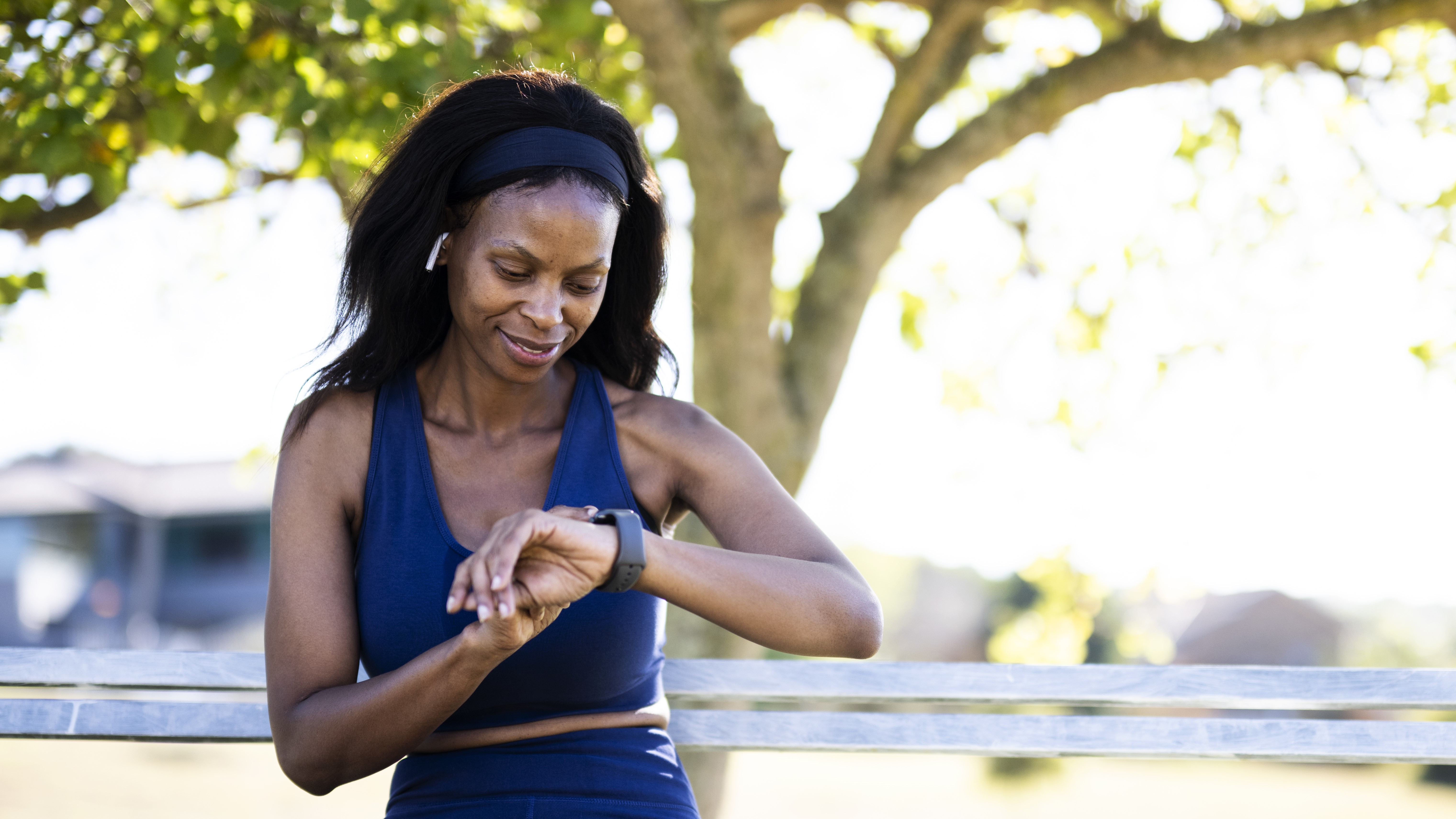
During these workouts, you’ll wear the CORE sensor on your torso, just like a heart rate monitor strap. It measures your core body temperature (the temperature of your internal organs) and reports that to you in real time via your GPS watch. Over time, you’ll learn what your heat training zone is, then you’ll train in that zone two or three times a week, which will cause your body to adapt in a few different ways:
- Your body makes more blood plasma, which allows you to cool down more efficiently.
- Your body lowers the temperature at which you start to sweat.
- You lose less sodium through your sweat.
What this allows you to do is to adapt for a hot race or warm weather training, and if done for a long enough period – about five weeks – your body reacts to that addition in plasma by building more hemoglobin.
“More hemoglobin means that you're getting more oxygen to your muscles which is the same effect that altitude training has,” explains Maiorano.
Many pro athletes who have the means will relocate to high altitude zones for training purposes in order to gain a competitive advantage, and though you might assume that’s to avoid altitude sickness on race day, that’s something that could usually be achieved by just arriving a few days early for the race. Training at altitude over time, however, builds red blood cells to deliver more oxygen to your muscles – and so does long-term heat training.
So if you can already achieve this advantage by going up into the mountains, why bother with heat training, which just sounds uncomfortable and potentially dangerous? Well for starters, for those of us who don’t already live in a ski town or have the ability to up sticks and move, it’s more accessible.
“With altitude training, you obviously need to go somewhere where you're about 2,000 meters. With heat training, you can do it in your own garage no matter what the temperature is. If it's winter, you just overdress,” says Maiorano, who adds that because the training keeps you below threshold, it’s not dangerous if done properly.
Another argument for heat training over altitude training is that the gains in hemoglobin you make last longer. It takes you about the same number of weeks to accumulate that extra hemoglobin whether you’re training at altitude or using heat zone training, but with altitude training you totally lose it within about three weeks after coming back down to sea level – something I’ve personally experienced having gone from a high altitude resident to a flatlander three years ago. This means that with altitude training, you need to time your training so that it coincides with your race.
“With heat training, once you've gained that hemoglobin, you can maintain it with simply two to three heat sessions per week so what the pro athletes are doing is in the late winter, they will do this two-week block of heat training and then they will just maintain it for two to three sessions throughout the season and that keeps their hemoglobin up for the entire season.”
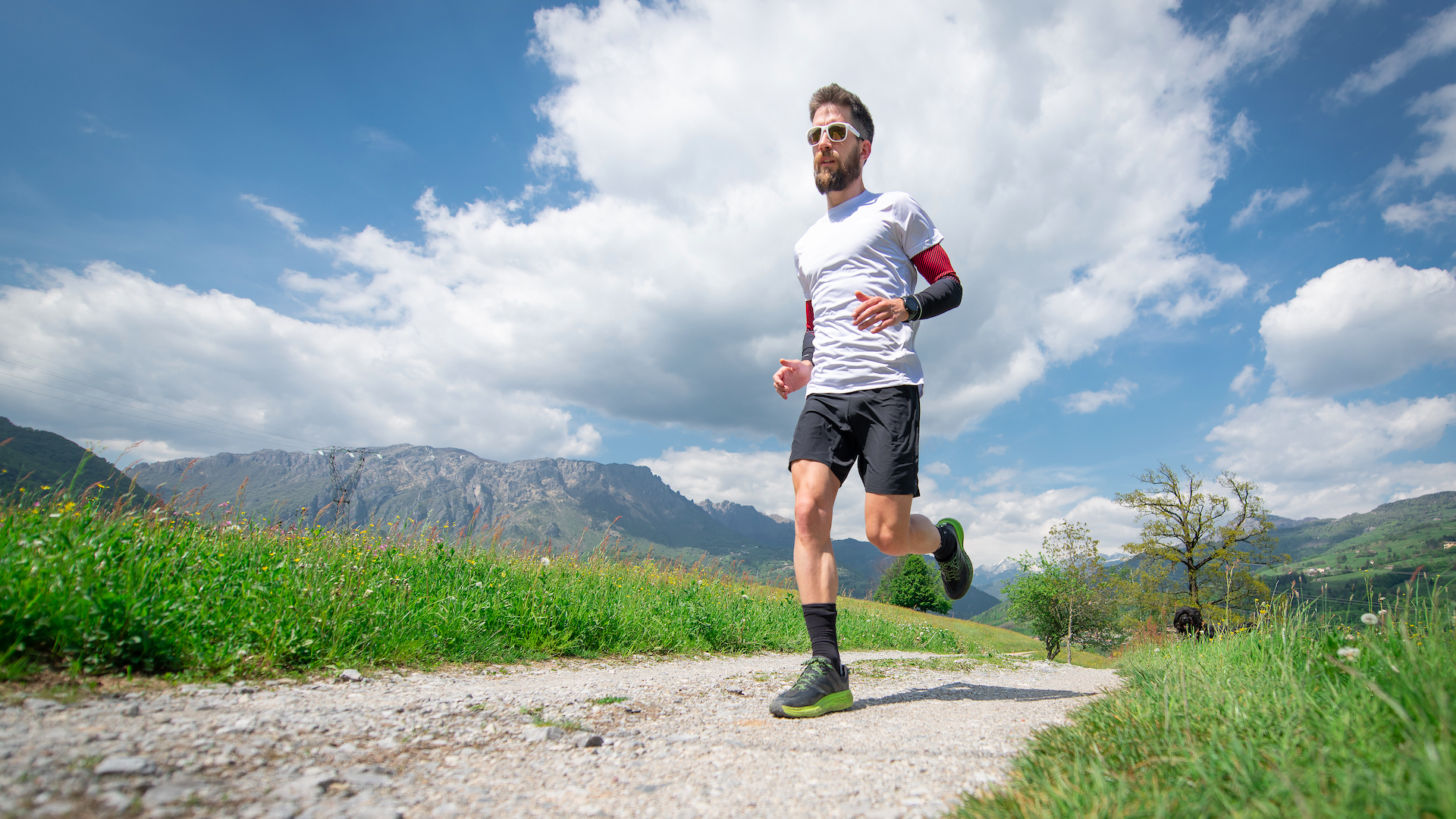
So it’s more accessible, making it appealing to a lot of athletes, but Maiorano warns that if you’re going to be racing at altitude, it’s not a replacement for altitude training. The race-day mechanisms are different, and you can't do both types of training concurrently because it's too much stress on your body.
“What I would be doing is the season-long heat training early on, and then the five weeks before your race, go high and do your altitude training.”
And finally, what does science say about all of this? Well, as always, the studies are mixed, but most are in favor of heat training. A 2015 consensus in the British Medical Journal recommended heat training for sporting events that take place in warm ambient conditions. A 2019 study in Exercise Physiology didn’t find heat training to be superior for aerobic performance compared to training in cool conditions, but a 2021 study published in Experimental Physiology confirms the approach increases hemoglobin in elite cyclists and is one of many that supports the theory.
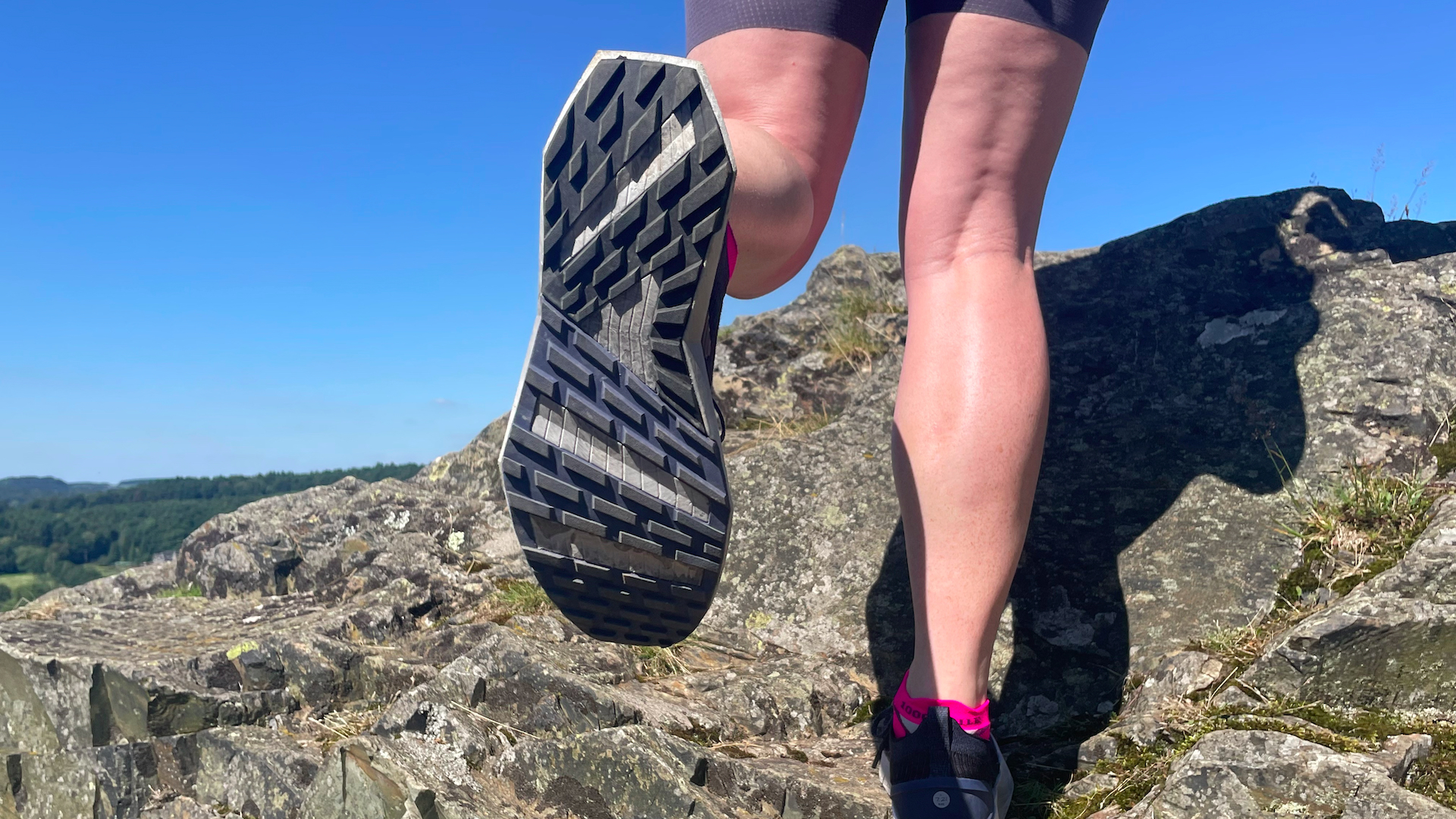
Is heat training for you?
It occurs to me instantly that, in a warming world, heat training is going to become essential for athletes who compete outdoors. Already this year, I traveled to Chamonix for the UTMB where participants were racing in the upper 70s in September, while Russian tennis champ Daniil Medvedev warned “one player is going to die” after playing in 95-degree heat in this year’s US Open. But if you, like me, live in a cool or temperate climate, I can understand if you’re thinking that heat training is really just for folks in Arizona.
As it turns out though, when it comes to endurance sports, it’s not necessarily outdoor temperature that’s the problem.
“The thing that most people don’t understand is that when your internal core temperature rises, it’s not inherently because of the outdoor temperature – it's because of the power we are generating in our muscles.”
Basically, he explains, the human body is very inefficient.
“When we burn calories to convert caloric energy into muscle power, only 20 percent of those calories are turned into power that makes it to the ground in the form of muscular power. The other 80 percent is created as heat energy, so 80 percent of the calories we burn are turned into heat inside of our body. Our body needs to get rid of that heat but before it can, the core heats up.”
An analogy he uses is the power meter that you might be familiar with if you’ve ever worked out on a stationary bike. If that meter says you're generating 200 watts at the pedals, that means you are generating 800 watts as heat energy inside your legs.
“It's literally like having miniature space heaters inside your legs.”
How your body gets rid of that heat is by sending blood to your muscles which then pump it back up to your heart and then that blood is spread out to your skin and it's from your skin that heat is lost but. This whole process raises your core temperature which only increases the problem.
Now, if you’re racing in the low 70s, it is relatively easy for your body to cool itself because you have cool air temperature around you, but your body is still diverting blood from your muscles to your skin to be cooled.
“If you want the same amount of oxygen going to the muscles, you need to increase your heart rate and this means performance decline, because if you're racing, your heart rate is already at a maxed out level. You can't raise it any higher, so what happens is your heart rate stays the same and the amount of oxygen going to your muscles declines.”
But when you’ve been doing heat training, the extra blood plasma you’ve created means your body doesn't need to divert as much blood away from the muscles to send it to the skin.
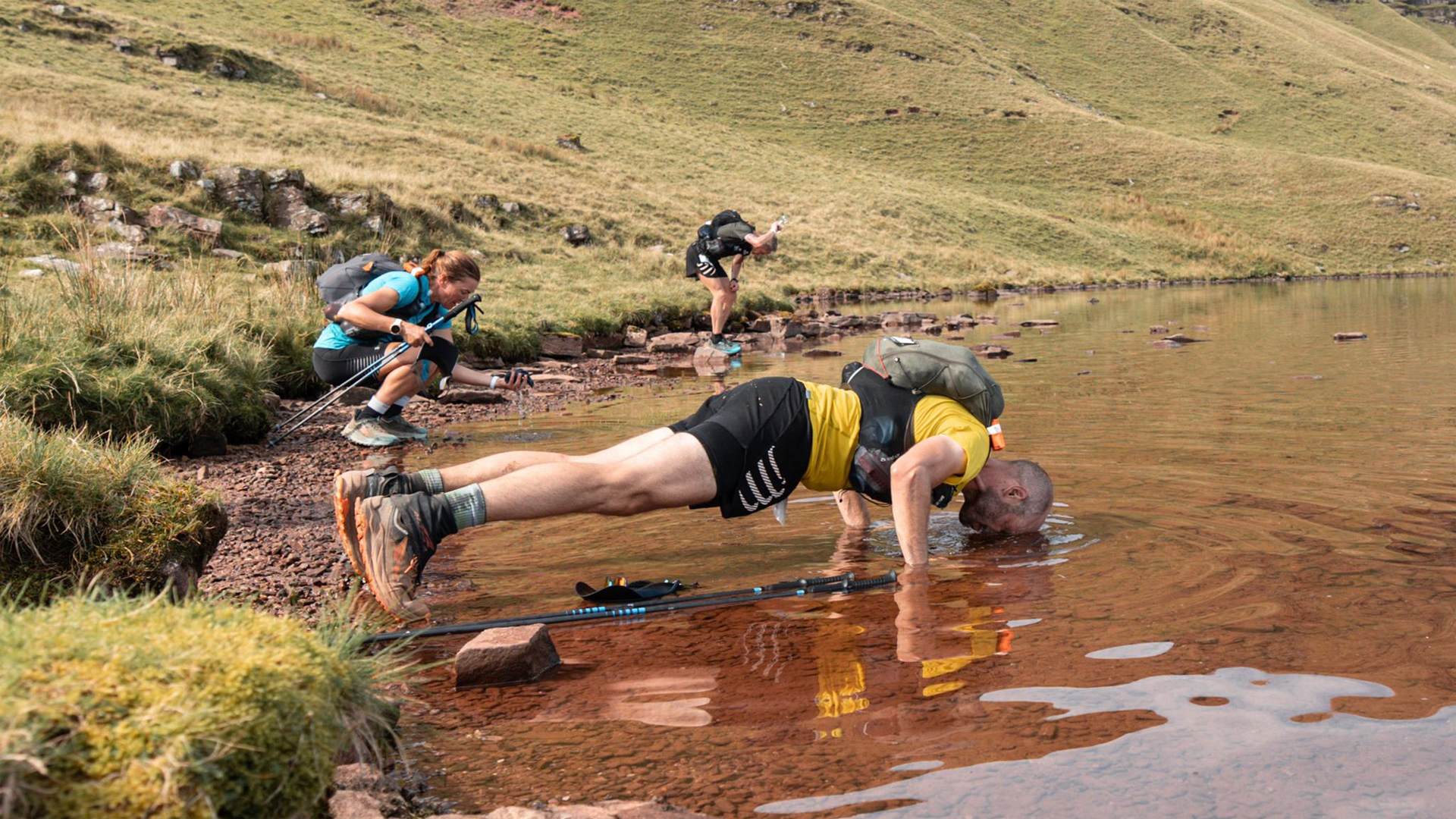
What are the benefits of heat training?
Theoretically speaking, had True been doing heat training in the months leading up to that fateful 2019 race, she would have set off that morning in Frankfurt with more blood plasma. Then, during the race, she’d have been able to monitor her core temperature, knowing what her threshold was (like heart rate zones, this varies from person to person, but it’s typically around 38.5 degrees).
When she started to feel warm, but before her performance started to decline, she would have started to lower her body temperature by doing things like putting ice inside her running top, pouring water over her head and of course drinking more.
If those measures still weren’t enough and she continued to overheat, she’d need to slow down – something she’d likely have been reluctant to do in order to maintain her seven-minute lead that day.
“That's a really really hard thing for a professional who is winning a race to do, but even professionals are realizing that if they pace themselves properly, especially on a really hot day, their competition might be melting down. If they can keep their core temperature under control, they can be going just a little bit slower and they will keep going at that pace when their competition totally crashes.”
Heat training might arguably have helped True walk away with that gold medal she wanted so much, but you don’t have to be an Olympian to try this approach.
“In general we say it's for anybody who trains with a purpose,” remarks Maiorano, who recalls suffering with the humid summers during his first few years living in Switzerland. In those early years, he would go out first thing in the morning before the sun came up to get his workouts in, but now, having done heat training this spring, he found he was able to ride in the middle of the day.
“It just improved my comfort level in the heat at all levels and that was without a whole lot of change to my regular training.”
Julia Clarke is a staff writer for Advnture.com and the author of the book Restorative Yoga for Beginners. She loves to explore mountains on foot, bike, skis and belay and then recover on the the yoga mat. Julia graduated with a degree in journalism in 2004 and spent eight years working as a radio presenter in Kansas City, Vermont, Boston and New York City before discovering the joys of the Rocky Mountains. She then detoured west to Colorado and enjoyed 11 years teaching yoga in Vail before returning to her hometown of Glasgow, Scotland in 2020 to focus on family and writing.

